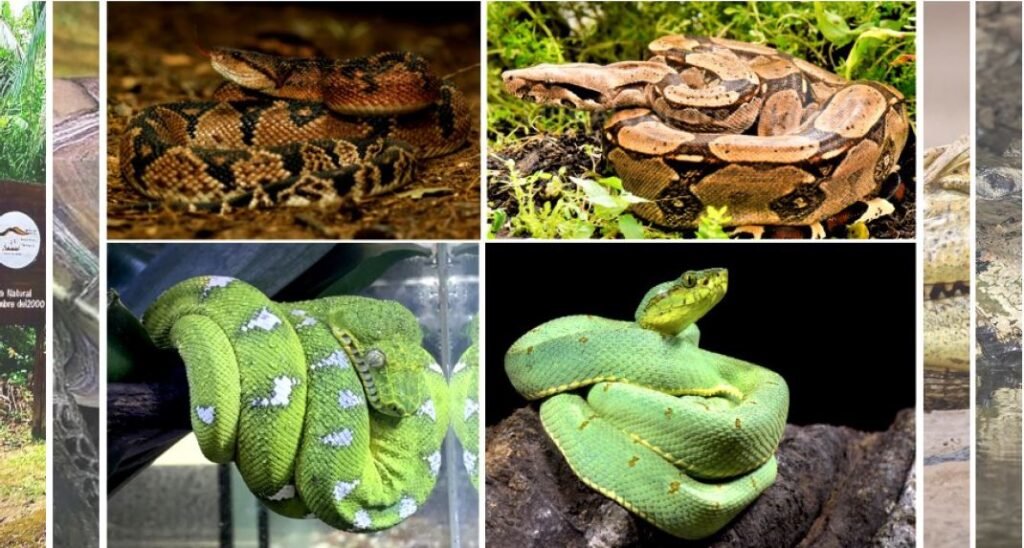The Tambopata National Reserve, a treasure of biodiversity in the heart of the Peruvian Amazon, is much more than just a jungle. Its corners hide a fascinating variety of life, and among them, reptiles stand out. Creatures with surprising shapes and colors, these inhabitants of the forest play a fundamental role in the balance of this ecosystem. In this article, we invite you to dive into the world of reptiles in the Tambopata Reserve and discover the amazing diversity that inhabits its forests.
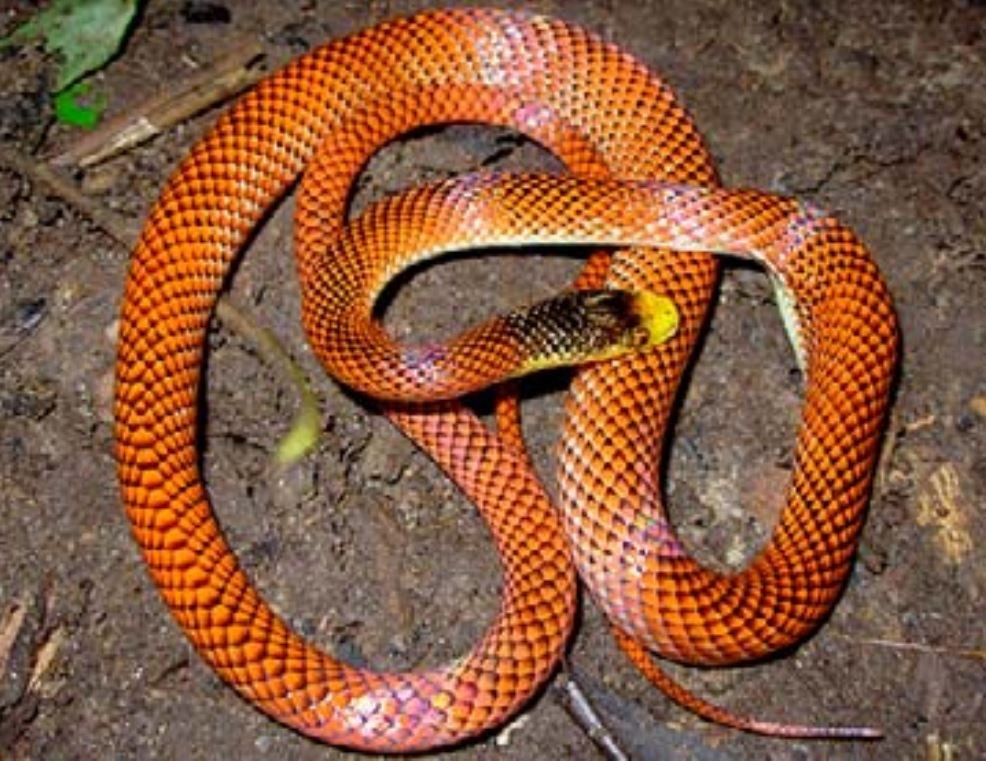
The Herpetofauna of Tambopata: A Hidden World
Herpetofauna, a term that encompasses amphibians and reptiles, is one of the most diverse groups in the Reserve. In the Tambopata Reserve, you can find everything from giant snakes to small lizards that blend into the forest floor. Some of the most representative species are:
Snakes:
- Shushupe (Lachesis muta): The largest venomous snake in South America.
- Boa constrictor: Known for its ability to constrict its prey.
- Emerald boa (Corallus caninus): A beauty with emerald green color that lives in the trees.
- Machaco pit viper (Bothriopsis bilineata): A venomous snake with quick movements.
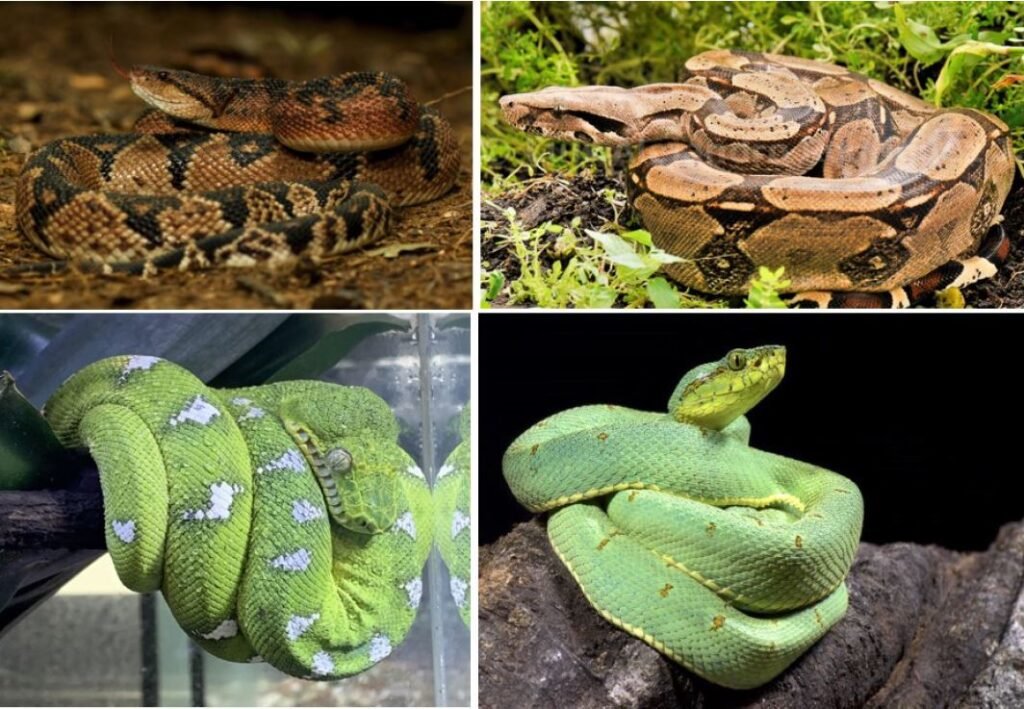
Turtles:
- Taricaya (Podocnemis unifilis): A river turtle that nests on the white sandy beaches of Tambopata.
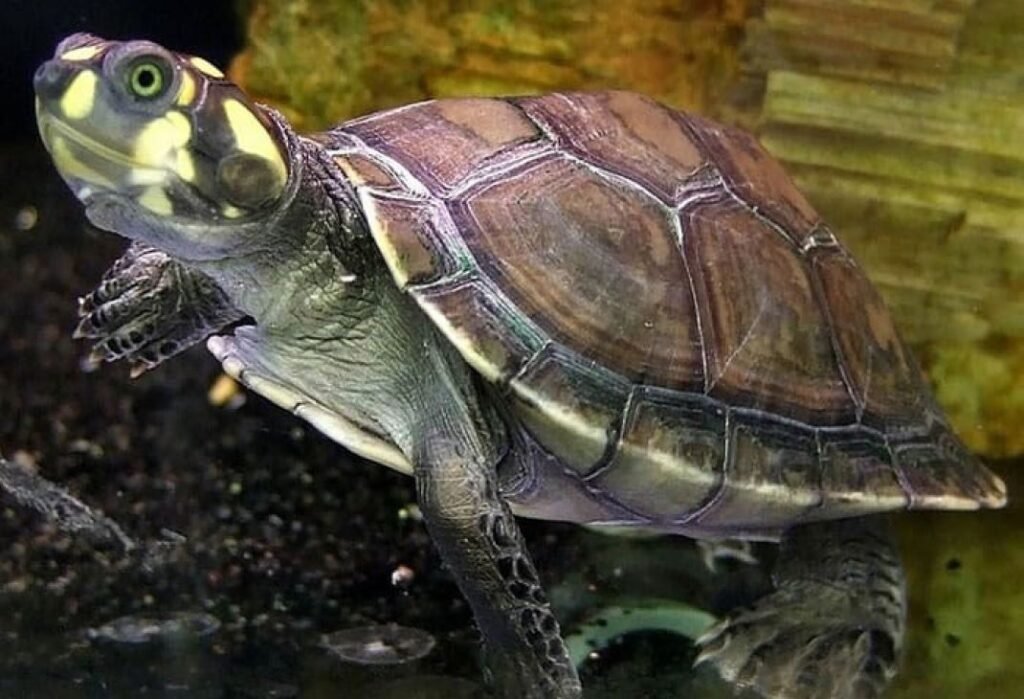
Caimans:
- Black caiman (Melanosuchus niger): The largest caiman in the Americas.
- Spectacled caiman (Caiman crocodylus): Smaller than the black caiman but equally impressive.

Why Are Reptiles Important in the Tambopata Reserve?
Reptiles play a crucial role in Amazonian ecosystems. They are pest controllers, seed dispersers, and prey for other animals. Furthermore, their presence is an indicator of the ecosystem’s health.
Tips for Observing Reptiles in Tambopata
If you want to spot reptiles during your visit to Tambopata, we recommend:
- Hire a local guide: They know the best spots to find reptiles and will provide valuable information about their behavior.
- Visit the reserve during the dry season: Visibility is better, and animals are more active.
- Be patient: Observing reptiles takes time and patience.
- Respect their habitat: Avoid disturbing the animals and do not capture them.
The Tambopata National Reserve is a paradise for nature lovers and an ideal place to discover the incredible diversity of Amazonian reptiles. If you’re planning a trip to Peru, be sure to include Tambopata in your itinerary and immerse yourself in this fascinating world.
Frequently Asked Questions about Reptiles in the Tambopata Reserve
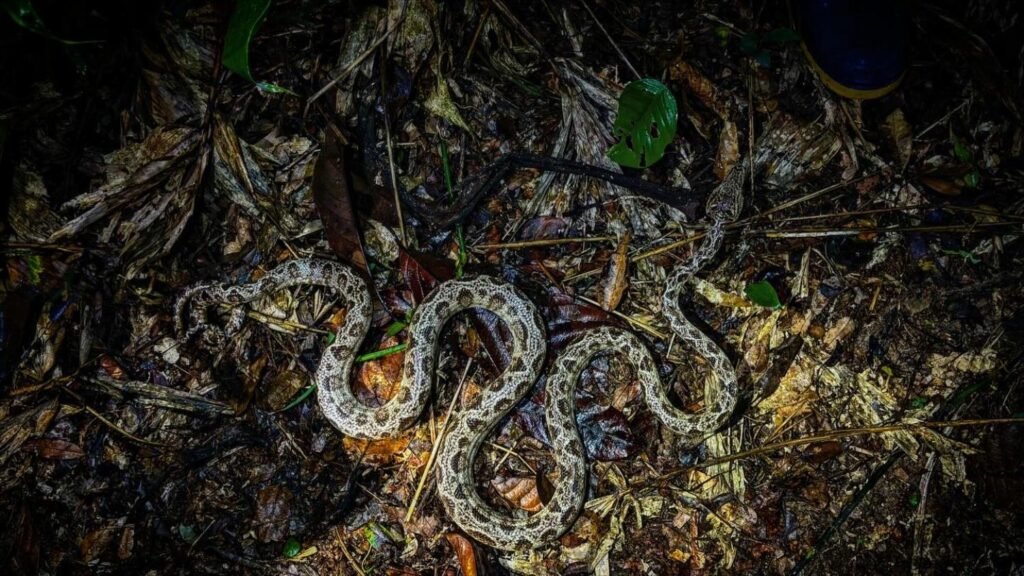
1. What is the best time of year to observe reptiles in Tambopata?
The dry season, between April and October, is usually the best time to observe reptiles, as the vegetation is less dense and animals are more active.
2. What kind of equipment do I need to observe reptiles?
A good pair of binoculars, hiking boots, insect repellent, a camera, and a field guide to Amazonian reptiles will be very useful.
3. Are there specific trails for reptile observation in Tambopata?
Although there are no exclusive trails, guides from Lorenzo Expeditions know the best spots to find different reptile species.
4. Is it safe to observe reptiles in Tambopata?
Yes, it is safe as long as you follow the recommendations of local guides and respect the animals.
5. What safety measures should I take when visiting Tambopata?
It’s important to wear protective clothing, apply insect repellent, and follow the guides’ instructions.
6. Can I swim in the rivers of Tambopata?
Although some rivers are suitable for swimming, it is recommended to do so under the supervision of a local guide and in designated areas.
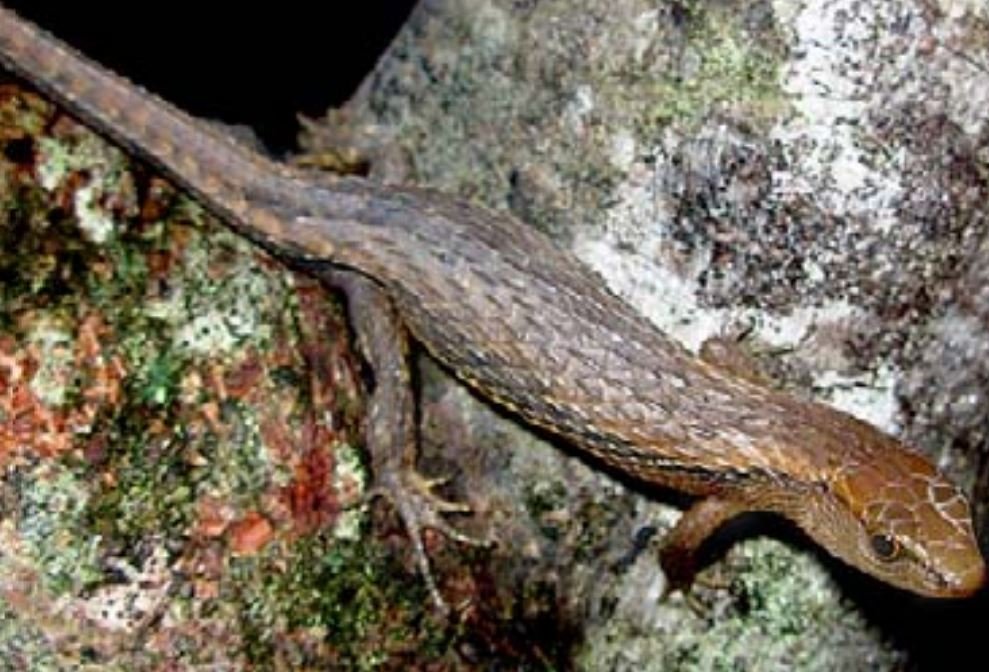
If you’re planning a trip to Peru and want to have a unique experience in nature, we recommend getting in touch with Lorenzo Expeditions. We offer the opportunity to explore Tambopata and other incredible destinations in Peru, always with a focus on sustainable tourism. Contact us today and start planning your trip!

